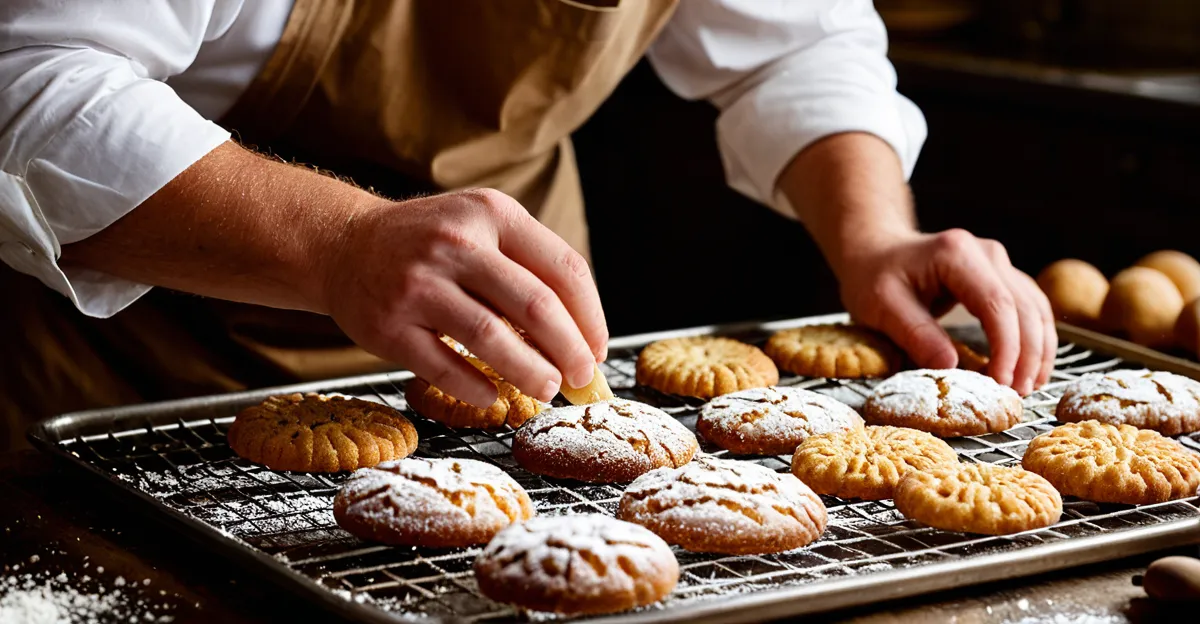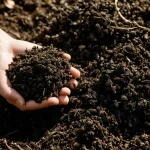Essential Techniques for Mastering Traditional UK Baking
Understanding traditional UK baking techniques requires familiarity with foundational skills that set British baking apart. Central to these is the careful selection and preparation of ingredients, a practice deeply rooted in British culinary heritage. For instance, British baking emphasizes precise measurements and the use of specific ingredients like suet in certain recipes, which influence texture and flavor distinctly from other baking styles.
A key aspect of key UK baking skills includes mastering the balance of wet and dry components. This balance impacts the structure and consistency of baked goods such as scones and pastries. British bakers often prioritize using fresh, high-quality ingredients, including locally sourced flour and dairy, to maintain authenticity and uphold tradition.
In parallel : What are the steps to crafting a mouthwatering toad in the hole?
Moreover, the cultural context within British baking plays a significant role. Many recipes have been passed down through generations, reflecting regional preferences and historical availability of ingredients. This tradition informs techniques such as rubbing butter into flour by hand for pastry or gently folding in egg whites to create light sponge cakes. Appreciating these methods helps bakers grasp why certain actions are performed, beyond mere instruction, enhancing skill and confidence in applying British baking methods effectively across a variety of classic recipes.
Scone Making: Classic British Approach
Mastering the traditional scone techniques is essential in British baking. A British scone recipe relies on precise execution to achieve the hallmark lightness and flaky texture that define this UK baking staple. The foundation lies in combining dry ingredients gently with cold butter, cutting it in until the mixture resembles fine breadcrumbs. This careful method preserves the butter in small fat pockets, which melt during baking to create the desired flakiness.
This might interest you : What are the essentials for crafting a classic shepherd’s pie?
To ensure the right rise and crumb, the addition of liquid—often milk or buttermilk—must be moderate. Overmixing at this stage is a common pitfall; it activates gluten too much, resulting in dense scones. Instead, ingredients should be folded together briefly, maintaining a slightly rough texture in the dough. Another tip is to handle the dough with light pressure, as excessive kneading compresses air bubbles, reducing rise.
Shaping scones evenly is vital. Using a floured cutter without twisting ensures scones retain their height. Placing them close together on the baking tray encourages upward rather than outward expansion, maintaining a tender crumb. Baking at a high temperature for a short time helps form a golden crust while keeping the interior soft.
In summary, following traditional scone techniques involves:
- Using cold butter and minimal mixing
- Gentle folding and delicate shaping
- Baking at high heat for a brief period
These key UK baking skills guarantee scones with a perfect rise and exquisite texture, truly reflecting the essence of British baking methods.
Mastering Pastry for UK Classics
Understanding UK pastry techniques is fundamental to creating authentic British baked goods like pies and pasties. Central to these techniques is mastering shortcrust pastry, known for its crumbly and tender texture. The key lies in using cold ingredients, particularly butter, which should be rubbed into flour until the mixture resembles breadcrumbs. This process creates small fat pockets that, when baked, give the pastry its characteristic flakiness.
Proper pastry handling is crucial to prevent overworking the dough. Excessive mixing develops gluten, resulting in a tough crust instead of a delicate one. As soon as the ingredients combine to form a cohesive dough, it should be rested in the refrigerator. This resting period relaxes the gluten and solidifies the fats, making it easier to roll out without shrinking during baking.
Preventing soggy bottoms is a common challenge in British pastries like the Bakewell tart. Techniques to avoid this include blind baking the pastry shell before adding the filling or using a layer of ground nuts or breadcrumbs on the base to absorb moisture. Additionally, ensuring the filling isn’t overly wet helps maintain a crisp crust.
When assembling pastries such as the Cornish pasty, careful sealing of the edges using traditional crimping techniques helps retain moisture inside while allowing the crust to bake evenly. This sealing is also part of the authentic British baking methods that have been refined over generations.
In summary, mastering UK pastry techniques requires:
- Using cold butter and minimal handling for shortcrust
- Resting dough to relax gluten and maintain texture
- Employing blind baking or moisture barriers to prevent sogginess
- Careful filling and sealing to preserve structure and flavor
These key UK baking skills underpin the success of many classic British desserts and savory pastries alike.
Bread Baking the British Way
Mastering UK bread recipes involves traditional hand-kneading techniques that develop gluten gradually, creating a soft, elastic dough essential for British bread types like the cottage loaf. Proper kneading requires folding and pressing motions repeated consistently. This develops structure without making the dough tough. Overkneading, often a common mistake, leads to dense bread, while underkneading yields a crumbly texture that lacks cohesion. The key is to knead until the dough feels smooth and springs back when pressed.
Shaping is crucial for authentic British loaves. For instance, the classic cottage loaf features two stacked rounds, the bottom larger than the top, which allows even baking and an inviting shape unique to UK baking traditions. After shaping, proofing must be conducted in a warm, draft-free environment. This step enables the dough to rise properly by fermenting yeast. Underproofed dough won’t rise sufficiently, resulting in a heavy loaf, while overproofing can cause collapse during baking.
Common pitfalls include irregular shaping and poor temperature control during proofing and baking. Consistency in these stages ensures the crust forms well and the crumb remains light. Adjusting proofing times based on room temperature and dough condition is part of developing key UK baking skills for bread.
In summary, focusing on:
- Traditional hand-kneading for gluten development
- Proper shaping like the iconic cottage loaf style
- Controlled proofing to optimize dough rise
is essential for mastering British bread types and reflecting genuine British baking methods.
Signature Cakes: Techniques Behind the Victoria Sponge
The Victoria sponge method hinges on mastering the creaming technique, a fundamental step in British cakes that ensures a light, airy sponge. Creaming involves beating butter and sugar together until the mixture becomes pale and fluffy, incorporating air that helps provide the cake’s delicate texture. Precision is key: over-creaming can cause the batter to collapse, while under-creaming leads to a dense and heavy crumb. Cake baking tips emphasize using room-temperature butter and gradually adding sugar for the best results.
Achieving even baking and consistent layers requires careful attention to ingredient proportions and oven temperature. The batter should be divided equally between two prepared cake tins, typically lined with parchment paper, to guarantee uniform thickness. Baking at a moderate temperature prevents the outside from browning too quickly while allowing the interior to cook through thoroughly. Using a toothpick test can verify doneness, ensuring the sponge remains moist yet fully cooked.
Icing and assembly are equally critical in this British cake tradition. The classic Victoria sponge features a simple filling of raspberry jam and whipped cream or buttercream between the two sponge layers. Spreading the filling evenly avoids uneven pressure that might squish the sponge, preserving its characteristic lightness. A final dusting of caster sugar on top completes this iconic dessert without overpowering its delicate flavours.
In summary, mastering the Victoria sponge method involves:
- Perfecting the creaming of butter and sugar for aeration
- Baking evenly with attention to layering and timing
- Skillful assembly with classic fillings and finishing touches
These cake baking tips embody the essence of British cakes, offering a rewarding challenge for bakers exploring traditional UK baking techniques.
Cultural Insights and Recipe Recommendations
Traditional UK baking culture is deeply intertwined with the nation’s history, reflecting regional identities and seasonal celebrations. Many classic British recipes have origins dating back centuries, evolving through generations while maintaining core baking traditions. For example, the Yorkshire pudding began as a way to utilize drippings from roast meat, illustrating resourcefulness typical of British culinary heritage. Such recipes embody not only flavour but also cultural narratives that resonate across the UK.
Understanding this context enriches the practice of British baking methods. It encourages bakers to appreciate why certain ingredients or techniques are favored—whether due to local availability or historical significance. These traditions often promote specific key UK baking skills, like the use of suet in steamed puddings or hand-crimping pastry edges to seal in fillings, reinforcing the connection between technique and heritage.
For those looking to build confidence, classic recipes such as Cornish pasties, Bakewell tarts, and Victoria sponges offer excellent opportunities to practice foundational skills. These dishes cover a broad spectrum of methods, from mastering UK pastry techniques to precise cake mixing and layering. Engaging with these staples allows bakers to see tangible results from applying traditional UK baking techniques.
Expert advice often highlights the importance of patience and attention to detail in maintaining authenticity. For instance, resting dough properly or avoiding overmixing batter can dramatically affect final texture, underscoring how tradition informs practical key UK baking skills. Aspiring bakers are encouraged to experiment within these frameworks, adapting recipes carefully while respecting the origins behind the methods.
Immersing oneself in UK baking culture also involves exploring trusted recipe sources that emphasize both historical accuracy and modern adaptation. This balanced approach helps preserve legacy while embracing innovation, offering a comprehensive path toward mastery of British baking methods.







